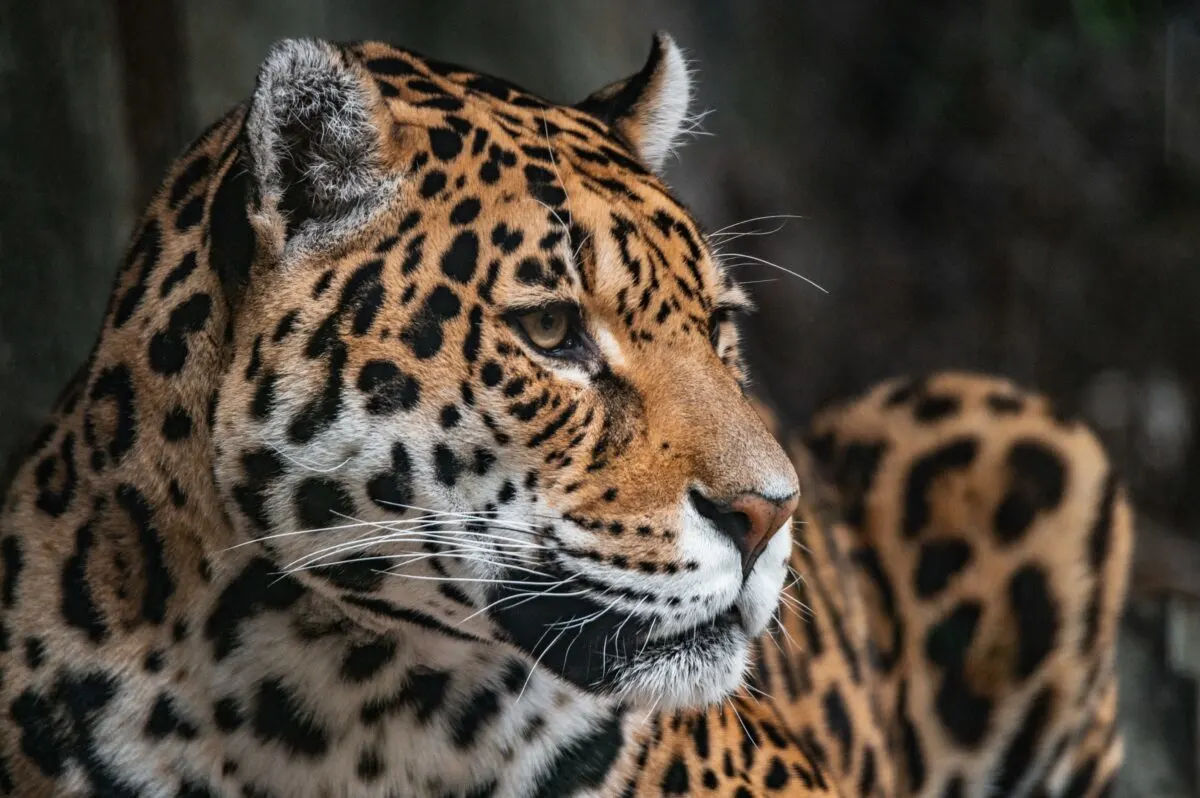Welcome to the deep discussion about the deadly battle of two of the most powerful and feared animals in the wild – Cobra vs. Jaguar. These creatures have a tainted reputation for their strength and hunting skills, and both have unique physical characteristics and adaptations for navigating their specific natural habitats.
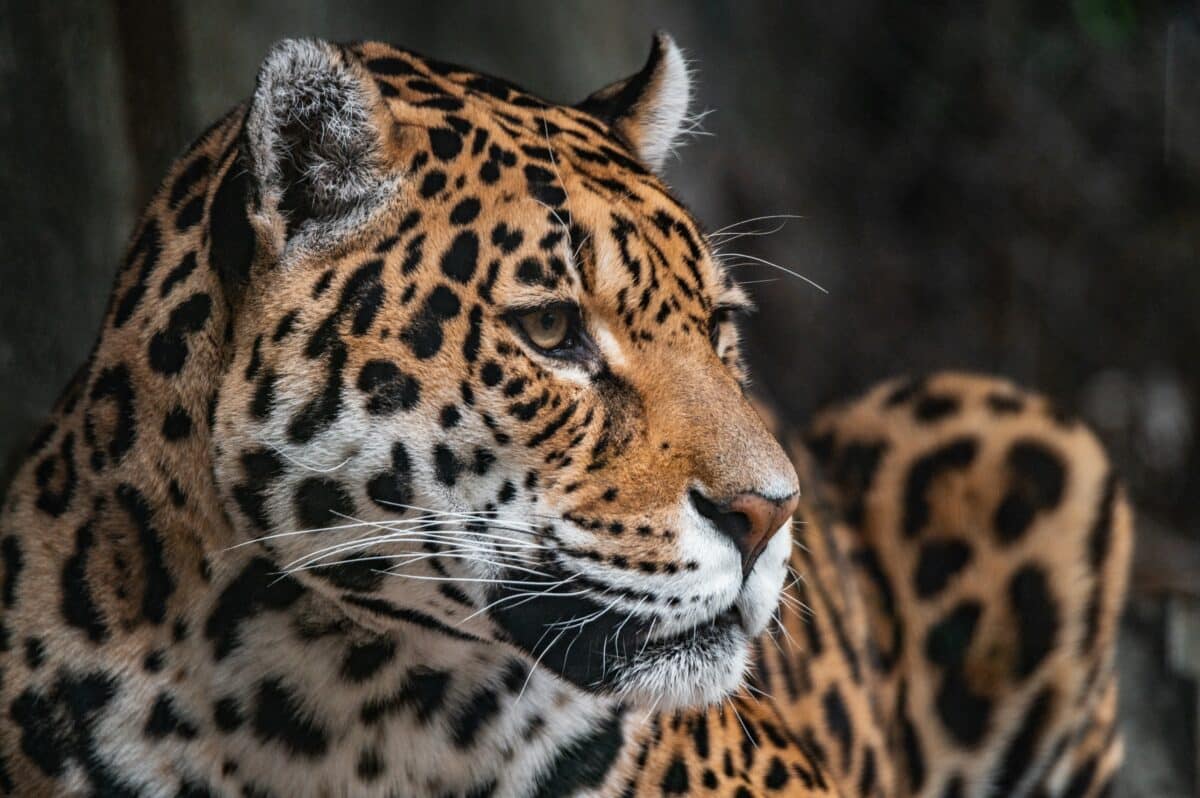
In this blog post, we’ll explore the fascinating worlds of these incredible creatures, looking at their behaviors, hunting habits, and natural habitats. By the end of this post, you’ll have gained a better understanding of these two animals, their unique features, and which one is more dangerous than the two.
The Cobra
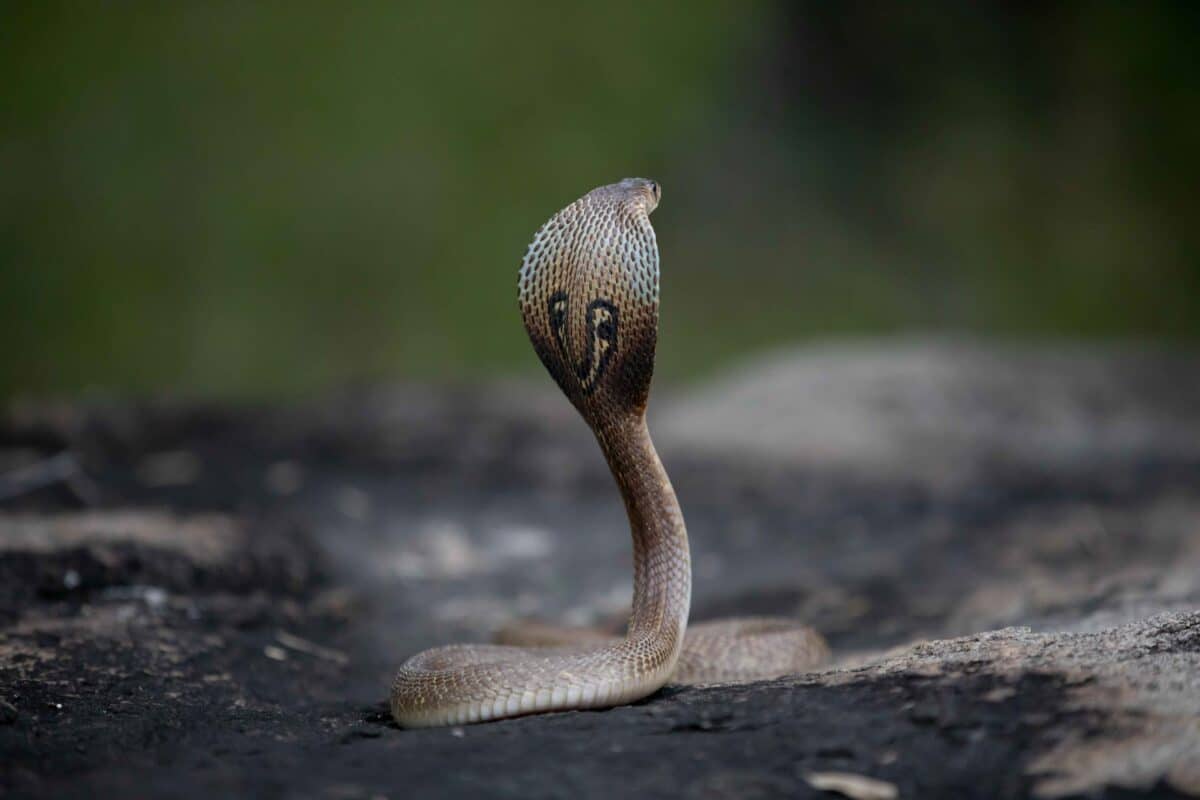
Physical Characteristics
The cobra has been a venomous snake throughout history and continents, specifically populating Africa, Asia, and Australia. They are known for their ability to spread their hood when threatened, which displays their distinctive markings and makes them appear larger and more intimidating.
Hunting Habits
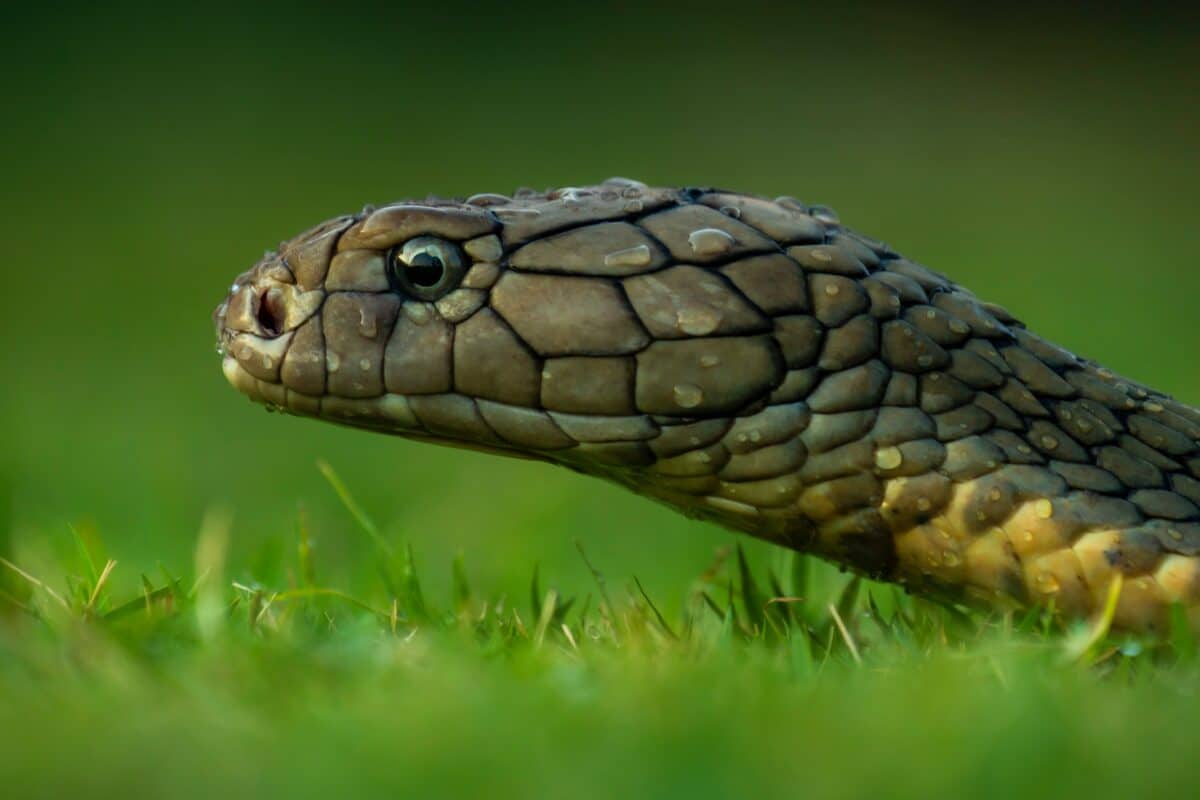
Cobras boast a deadly venomous bite, which paralyzes and takes down any possible enemy, be it a threat or prey. Speaking of prey, these animals prefer small animals like lizards, mammals, snakes, or birds.
Moreover, it’s important to note that they have heat-sensitive pits on their head. These and the boon of excellent vision allow them to track and locate any prey, even in the dark of the night.
Taxonomic Characteristics
| Kindgom | Animalia |
| Phylum | Chordata |
| Class | Reptilia |
| Order | Squamata |
| Family | Elapidae |
| Genus | Naja |
| Species | Naja naja, Naja kaouthia, Naja oxiana, and others |
Cobra Venom; A Story of Poison
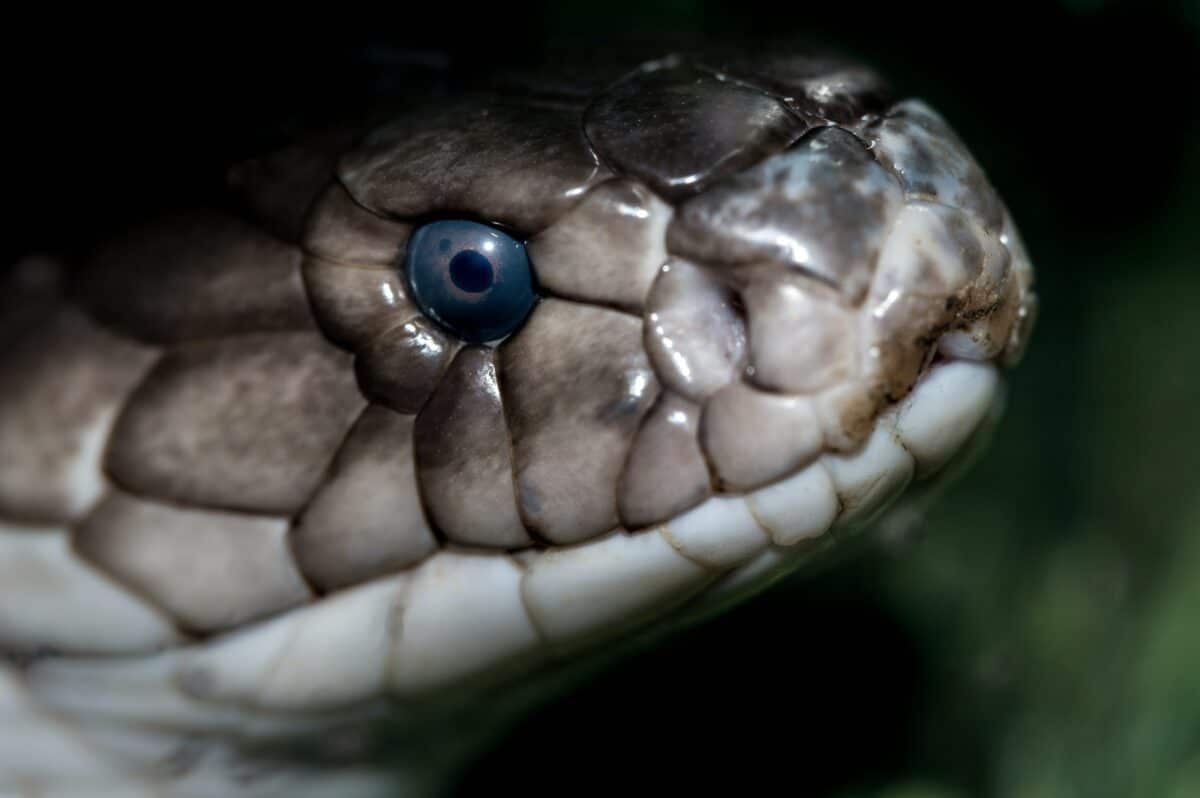
The cobra’s venom spreads through its hollow fangs, which are located in the front of its mouth. When threatened, a cobra will raise its head and spread its hood, displaying its fangs as a warning to predators.
This poison is pretty dangerous because not only does it paralyze you, but it can also cause death. Thousands of fatalities every year can be reliably attributed to this bite.
And before we begin looking at our next contender in this incredible battle, learn more about cobras and their venomous bites because handling them without care can be pretty dangerous.
Now onto the Jaguar!
The Jaguar
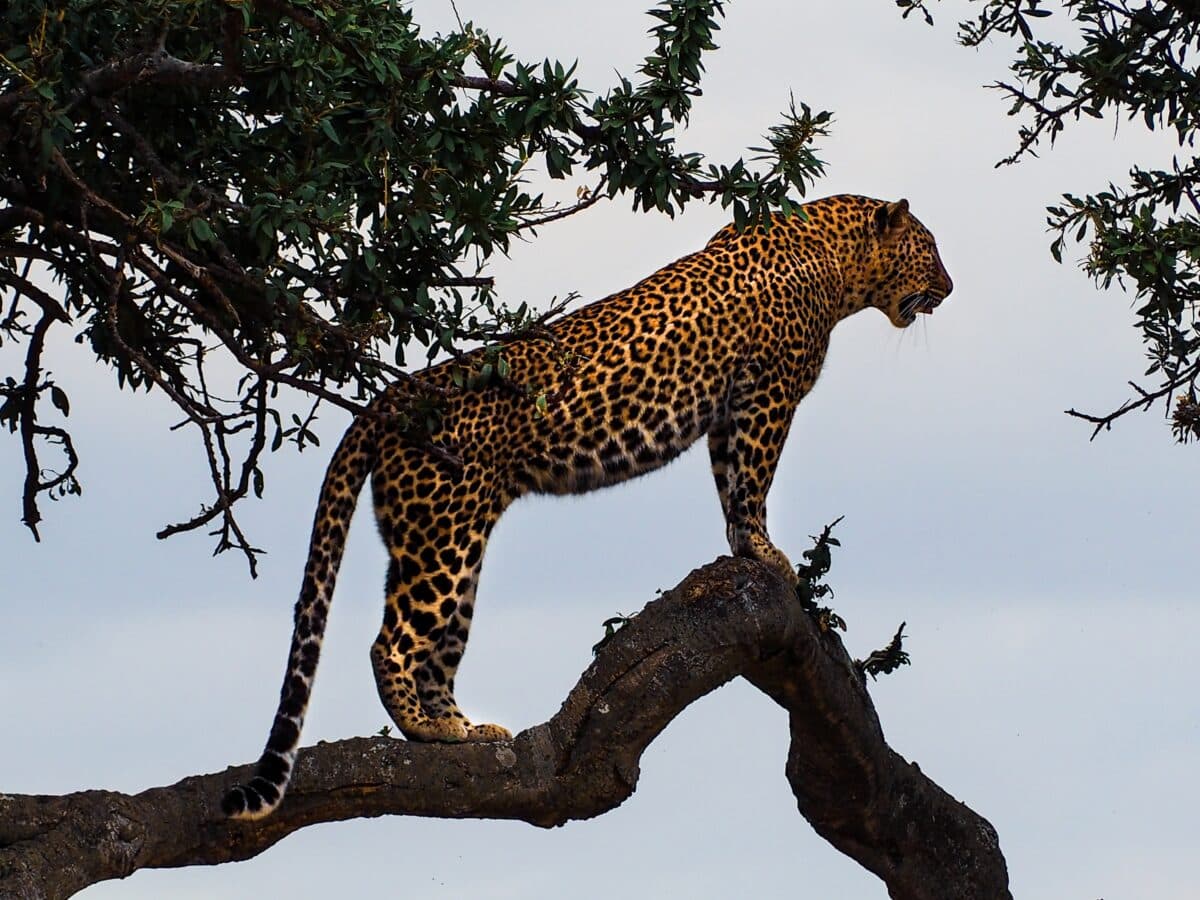
In this section, we’ll explore Jaguar’s physical characteristics and hunting habits, a fierce predator found in the Americas.
Physical Characteristics
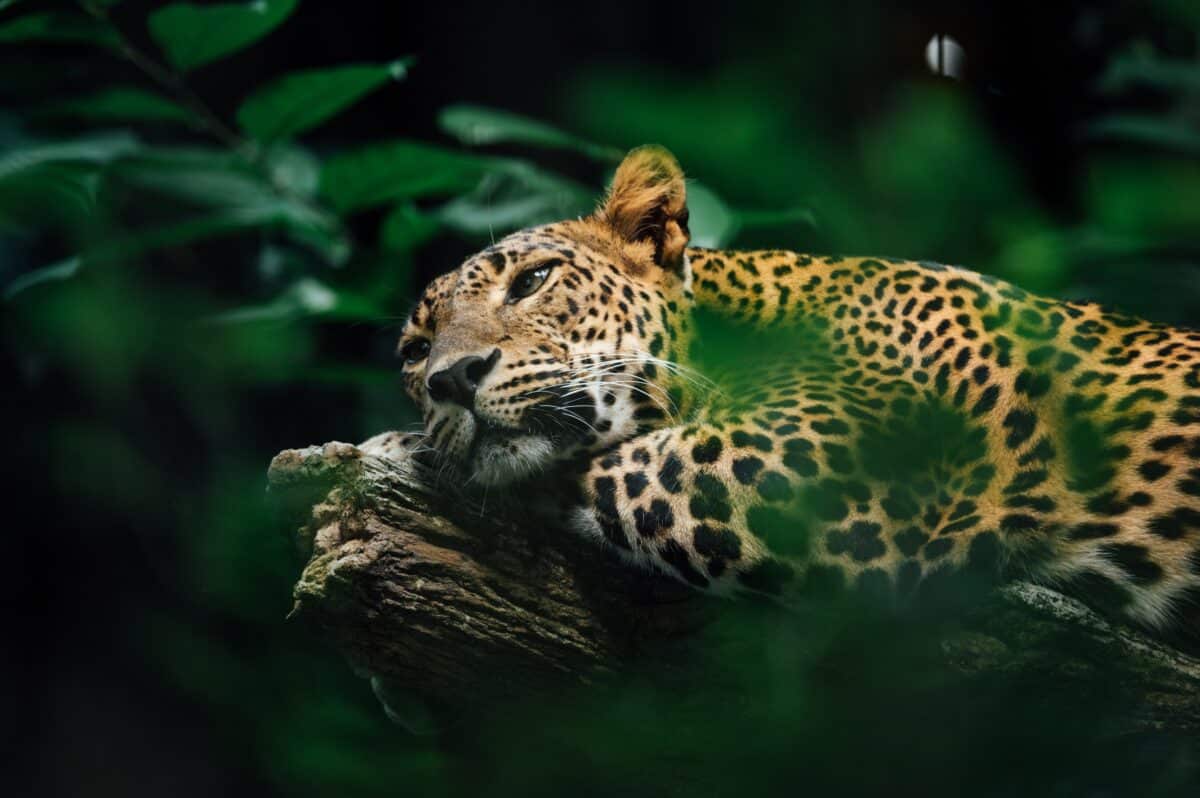
The Jaguar, in the Americas, is known for two things: it is the largest of feline species, and secondly, for its distinctive spotted coat, which acts as camouflage in the dense forests and grasslands where it lives.
Jaguars have powerful jaws and teeth, which they use to bite through the skulls of their prey. They are also excellent swimmers and are known to hunt in the water.
Hunting Habits
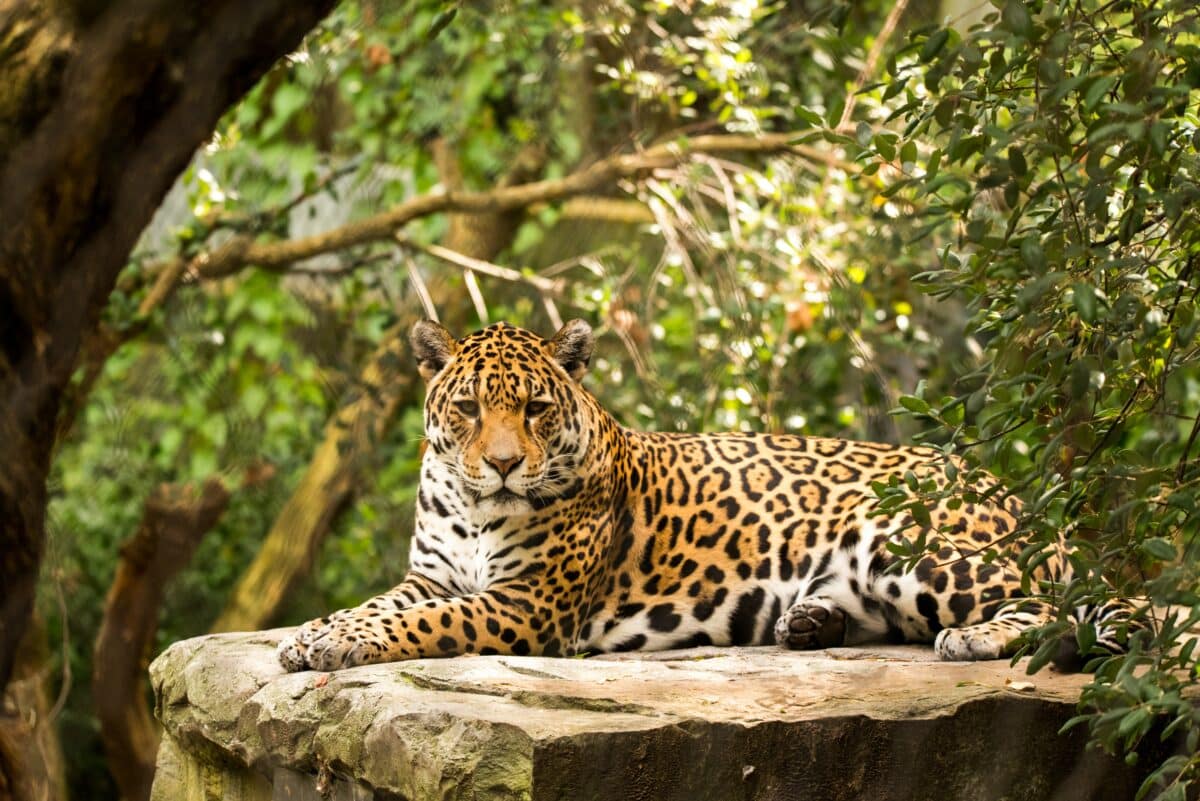
Jaguars are apex predators that feed on prey, including deer, peccaries, monkeys, birds, and fish. They catch these animals via ambush and use their powerful jaws to deliver a lethal bite to their prey’s neck or skull.
Interesting, right? Learn more about the Jaguar, its hunting habits, and other exciting facts with WWF!
Taxonomic Characteristics
| Kindgom | Chordata |
| Class | Mammalia |
| Order | Carnivora |
| Family | Felidae |
| Genus | Panthera |
| Species | Panthera onca |
Jaguars and Water; A True Combination
Did you know that jaguars are known for their love of water? Unlike other big cats, jaguars are amazing at swimming and can even spend time hunting accurately from inside a body of water. They have thus been known to prey on fish, turtles, and even caimans (a type of crocodilian) in rivers and streams.
Jaguars are so comfortable in the water that they can swim up to 200 meters (656 feet) in search of prey.
Cobra Vs. Jaguar – The Comparison
When comparing cobras and jaguars, it’s apparent that these two animals are vastly different in appearance and hunting habits, but they also share some similarities. Here is a table that highlights the main differences and similarities between cobras and jaguars:
| Cobra | Jaguar | |
| Size | 3 to 18 feet | 4 to 6 feet |
| Hunting Habits | Waits for prey to come to them and injects venom | Active predators |
| Prey | Small mammals, birds, and other snakes | Deer, peccaries, monkeys, and fish |
| Danger to Humans | Venomous | Non Venomous but may attack if threatened |
| Mode of Attack | Injects venom into prey to paralyze or kill | Delivers a powerful bite to the neck or skull |
As the table shows, cobras and jaguars differ significantly in their physical appearance and hunting habits. But similar to each other, both can be dangerous to humans if provoked or threatened. Cobras are known to inject venom into humans, which can cause paralysis or death, while jaguars can inflict severe injuries with their powerful jaws and sharp teeth.
In conclusion, while cobras and jaguars may seem vastly different in appearance and hunting habits, they are both formidable predators in their own right. Whether through venom or brute force, these animals have evolved unique strategies for capturing their prey and surviving in their respective environments.
Which Animal Is More Dangerous?
Regarding danger, both cobras and jaguars are known for their deadly capabilities. However, determining which one is more dangerous is a complex task.
Cobras will attack with venom, lethal to humans and other animals. Their poison attacks the nervous system, which makes your body slow down to the extent that it stops working, starting with paralyzing agents and moving on to the lungs and respiratory organs before moving forward.
On the other hand, jaguars are potent predators with sharp teeth and claws, and they dispose of their enemies or prey with a mighty paw swipe or a bite.
Ultimately, the answer to “Which animal is more dangerous?” depends on the context. In the wild, jaguars are certainly more dangerous to their prey, while cobras pose a more significant problem for animals and humans who interact with them.
A Fighting Chance: Cobra Vs. Jaguar?
The idea of a cobra and a jaguar fighting each other might seem far-fetched, but it’s not entirely impossible. If these two animals were to fight, the result is not set in stone but would depend on several aspects.
Jaguars have the upper hand with strength and size and are potent predators capable of quickly taking down large prey. Cobras, on the other hand, are relatively small and have weaker bodies.
However, cobras have a nasty bite, which can be lethal even to jaguars. A single bite from a cobra can paralyze its prey and leave it vulnerable to attack.
Overall, it’s difficult to say who would win because it would depend on various factors, such as the size and age of the animals, their fighting strategies, and the environment in which they are fighting. So it’s up to you to decide who you’re rooting for, even if the Jaguar might come out on top purely in terms of physical characteristics.
The Bottom Line
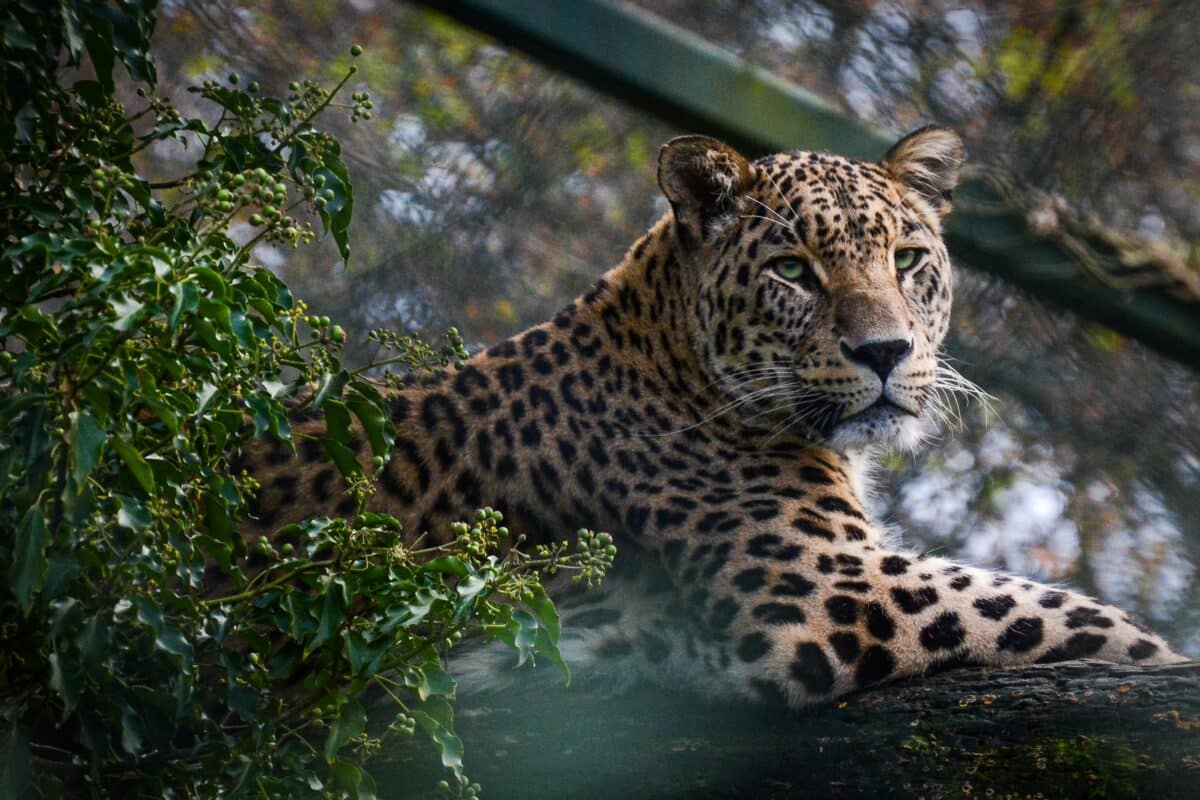
What’s the final verdict? Which animal is more dangerous, the cobra or the Jaguar? It relies on the circumstances. For a wild cobra, you must avoid its venomous bite. On the other hand, if you come across a jaguar, you must keep a safe distance as they can be very aggressive and assertive predators.
Both the Cobra and Jaguar are fascinating animals with unique characteristics that make them enjoyable to study and observe. Whether you’re interested in their venomous bite or powerful jaws, there’s no denying that these two animals are among the most fascinating in the animal kingdom.
I hope this helped clear your concerns and questions!
Thank you for following along this article! Next up, Cobra vs. German Shepherd
- Watch: Gorilla Mom Shows Off Her Baby to Zoo Visitors - April 8, 2024
- Watch: Incredible Moment Between Lioness and Son - April 8, 2024
- Watch: Angry Hippo Attacks Zookeeper in China - April 8, 2024

